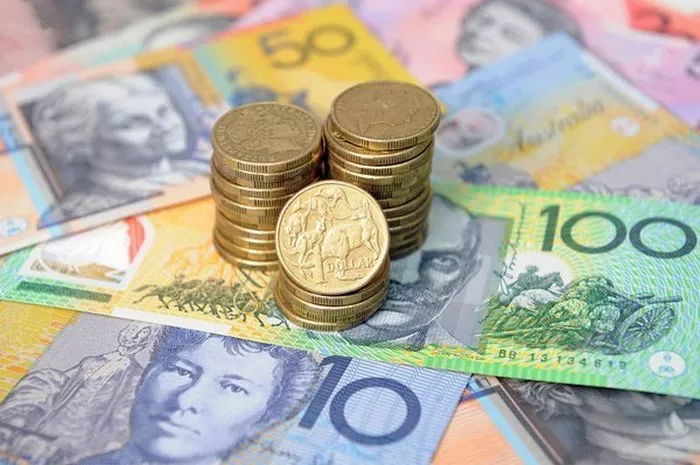In the realm of international finance, the term “floating the Australian dollar” holds significant weight. Australia’s decision to allow its currency to float freely on the foreign exchange market has far-reaching implications for its economy, trade, and monetary policy. This article delves into the concept of floating the Australian dollar, exploring its meaning, historical context, advantages, disadvantages, and the impact it has on various stakeholders.
What is a Floating Exchange Rate?
The Basics of Exchange Rate Systems
To comprehend what it means to float the Australian dollar, it’s crucial to first understand exchange rate systems. Traditionally, countries have employed fixed or pegged exchange rate systems, where the value of their currency is tied to another currency, a basket of currencies, or a commodity like gold. In contrast, a floating exchange rate system allows the value of a currency to be determined by market forces, primarily supply and demand in the foreign exchange market.
The Flexibility of Floating Exchange Rates
Floating exchange rates offer flexibility, enabling currencies to adjust in response to economic conditions. When a currency is floating, its value fluctuates continuously based on various factors such as interest rates, inflation, trade balances, and market sentiment. This flexibility allows for automatic adjustments, potentially helping to maintain equilibrium in the balance of payments and fostering economic stability.
The Evolution of Australia’s Exchange Rate Regime
From Fixed to Floating: A Historical Overview
Australia’s exchange rate regime has undergone significant transformations over the years. Prior to December 1983, the Australian dollar was pegged to a basket of currencies, primarily the British pound and later the US dollar. This fixed exchange rate system, however, proved unsustainable, leading to economic imbalances and speculative pressures.
Embracing Floating Exchange Rates
In December 1983, under the leadership of Prime Minister Bob Hawke and Treasurer Paul Keating, Australia decided to float its currency, making the Australian dollar one of the first major currencies to adopt a floating exchange rate regime. This move marked a pivotal shift in the country’s economic policy, aimed at enhancing flexibility, reducing vulnerability to external shocks, and improving economic efficiency.
Advantages of Floating the Australian Dollar
Economic Flexibility and Adjustment Mechanisms
One of the primary advantages of floating the Australian dollar is the enhanced flexibility it provides to policymakers. With a floating exchange rate, the Reserve Bank of Australia (RBA) can adjust monetary policy independently to achieve domestic macroeconomic objectives, such as price stability and full employment, without being constrained by a fixed exchange rate regime.
Absence of Speculative Pressures
Floating exchange rates can mitigate speculative pressures on a country’s currency. In a fixed exchange rate system, central banks may need to intervene frequently to defend the pegged exchange rate, draining foreign exchange reserves and potentially destabilizing the economy. With a floating exchange rate, speculative attacks are less likely as the currency’s value is determined by market forces.
Automatic Stabilization Mechanism
The floating Australian dollar serves as an automatic stabilizer, helping to absorb external shocks and adjust to changes in the global economy. During periods of economic downturn, a depreciating currency can boost exports, stimulate economic activity, and support employment. Conversely, during periods of economic expansion, a strengthening currency can help contain inflationary pressures and maintain external competitiveness.
Challenges and Risks Associated with Floating the Australian Dollar
Exchange Rate Volatility
While exchange rate flexibility offers benefits, it also introduces volatility and uncertainty into the economy. Sharp fluctuations in the Australian dollar can pose challenges for businesses engaged in international trade and investment, affecting their competitiveness, profit margins, and strategic planning. Moreover, excessive currency volatility may deter foreign investors and destabilize financial markets.
External Vulnerabilities
Floating exchange rates expose Australia to external vulnerabilities, particularly in an interconnected global economy. Movements in major currencies, geopolitical events, commodity price fluctuations, and shifts in investor sentiment can influence the value of the Australian dollar, impacting the country’s terms of trade, inflation dynamics, and overall economic performance.
Policy Dilemmas for the Reserve Bank of Australia
Managing a floating exchange rate regime presents policy dilemmas for the Reserve Bank of Australia. The RBA must strike a delicate balance between achieving domestic macroeconomic objectives and maintaining exchange rate stability. Intervening too frequently or aggressively in the foreign exchange market may undermine the credibility of the central bank and distort market signals.
See Also Old Australian Banknotes: Who Buys and Why
Conclusion:
In conclusion, floating the Australian dollar has been a fundamental aspect of the country’s economic policy framework for several decades. This exchange rate regime offers flexibility, autonomy, and automatic adjustment mechanisms, enabling Australia to navigate the complexities of the global economy more effectively. However, it also entails challenges and risks, including exchange rate volatility, external vulnerabilities, and policy dilemmas. As Australia continues to embrace a floating exchange rate system, policymakers must remain vigilant, adaptive, and proactive in managing the dynamics of the Australian dollar to promote sustainable economic growth and stability.


